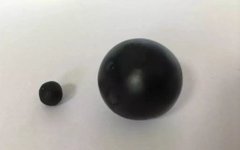
Da Mi Wan (大蜜丸) is one of the commonly used traditional pill forms in TCM. The term “honey pill” refers to pills made from finely powdered medicinal herbs combined with honey as a binding agent. Pills weighing 0.5g or more are called Da Mi Wan, while those weighing less than 0.5g are referred to as Xiao Mi Wan (小蜜丸). Traditionally, Da Mi Wan is prepared by hand-rolling (from large to small), with each pill typically weighing between 3-9g, primarily around 3-6g. To give everyone a more intuitive understanding of the types and levels of these pills, we have compared a Shui Mi Wan (水蜜丸) with a Da Mi Wan.

There are several advantages to Da Mi Wan: 1. It is suitable for absorption and digestion, especially for individuals with Qi deficiency of the Spleen and Stomach (脾胃虚弱), the elderly, and children. Taking Da Mi Wan is preferable to other oral forms, except for liquid preparations; 2. It is easy to store, has a long shelf life, and does not contain medicinal preservatives; 3. Most are made from raw powdered herbs, suitable for high-quality raw materials and herbs with difficult-to-extract components, enhancing efficacy; 4. Individually packaged pills are convenient to carry; 5. They have a slightly sweet taste, are soft, moist, act slowly, have a mild nature, and are stable in disintegration, which is why they have been used to this day.
The main processes for making Da Mi Wan are as follows:
1. Formula and Powdering: The herbs are roasted or sun-dried over low heat according to the formula, then ground into fine powder using a powder grinder, and placed in a sterilized basin for later use.
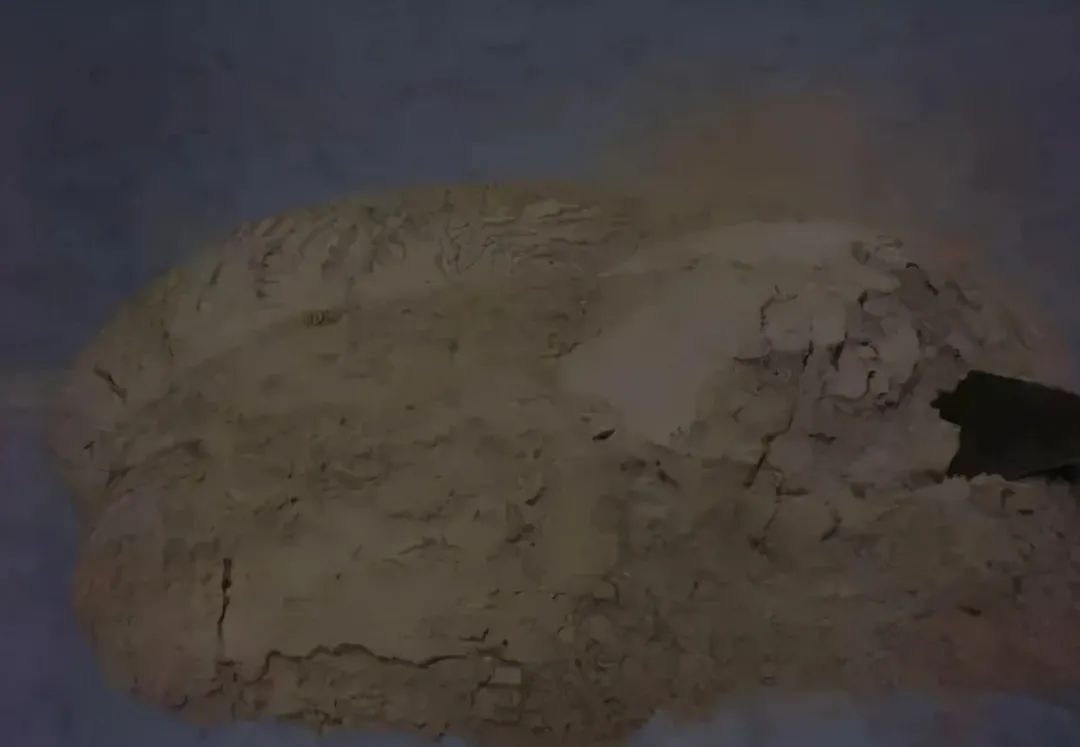
2. Mixing Honey: The honey is mixed in a ratio of 1:1.2-1.5 to the weight of the powdered herbs (for example, 1000g of herb powder requires 1200-1500g of honey; if the herbs contain more sugars, gums, or starches, a ratio of 1:1-1.2 is sufficient).
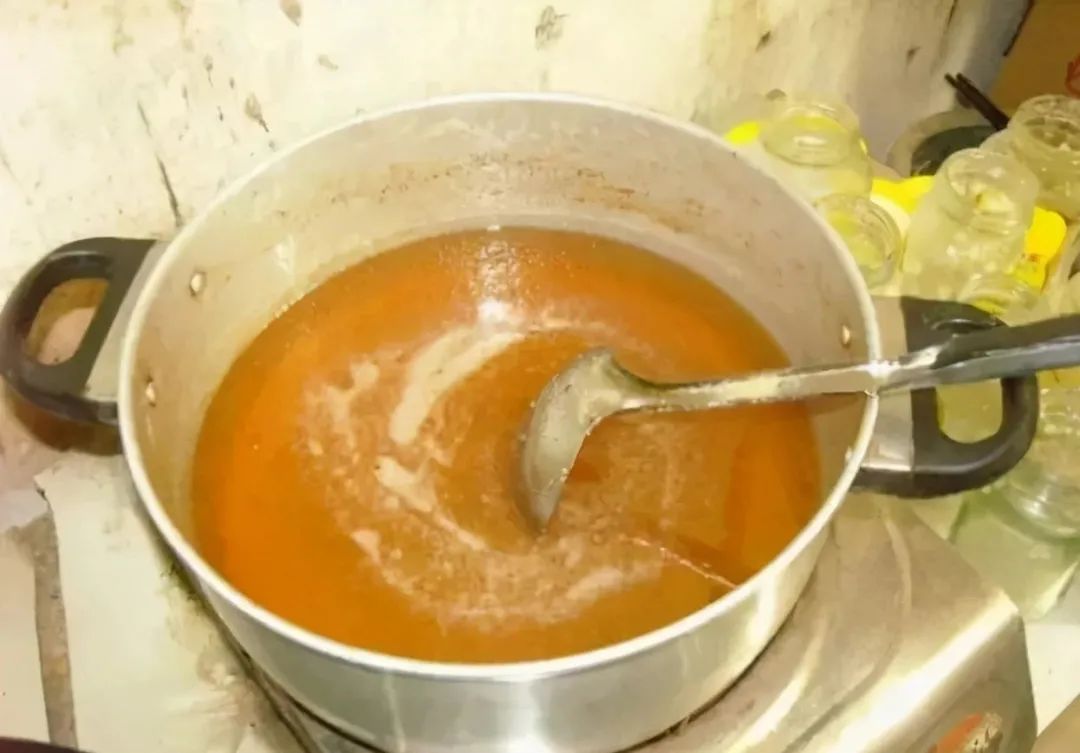
3. Refining Honey: The process of refining honey involves boiling it to remove impurities, destroy enzymes, kill bacteria, evaporate moisture, and enhance viscosity.
During refining, the honey is first boiled over high heat, then simmered over low heat, while a bowl of cold water is placed nearby. The color of the honey is observed; when it begins to foam yellow, a drop is taken with a bamboo stick and dripped into the cold water. If the honey does not disperse and sinks to the bottom (known as “dripping into beads”), it is considered well-refined. If the honey is not refined properly, it cannot be made into pills, and overcooking is also undesirable, so it is essential to control the heat.
There are three types of refined honey: 嫩蜜 (Nèn Mì, tender honey), 中蜜 (Zhōng Mì, medium honey), and 老蜜 (Lǎo Mì, old honey):
“Tender honey” is produced by heating raw honey until it reaches 105℃–115℃, filtering out the foam, resulting in minimal color change and moisture loss, with slight stickiness, suitable for making pills from herbs with high starch, mucilage, sugars, and fats;
“Medium honey” is produced by boiling raw honey for a longer time or continuing to heat tender honey to 116℃–118℃, with a light red foam, sticky to the touch but not able to stretch into long white threads, suitable for making pills from herbs with some stickiness or fiber;
“Old honey” is produced by heating raw honey for an even longer time or continuing to heat tender or medium honey to 119℃–122℃, allowing for full moisture evaporation, with red-brown bubbles and gloss, very sticky to the touch, and can stretch into white threads, suitable for making pills from herbs with high fiber or poor stickiness.
Most Da Mi Wan is made using medium honey, with 1000g of honey yielding about 800g of refined honey, and approximately 1200g of refined honey is needed for 1000g of herbal powder.
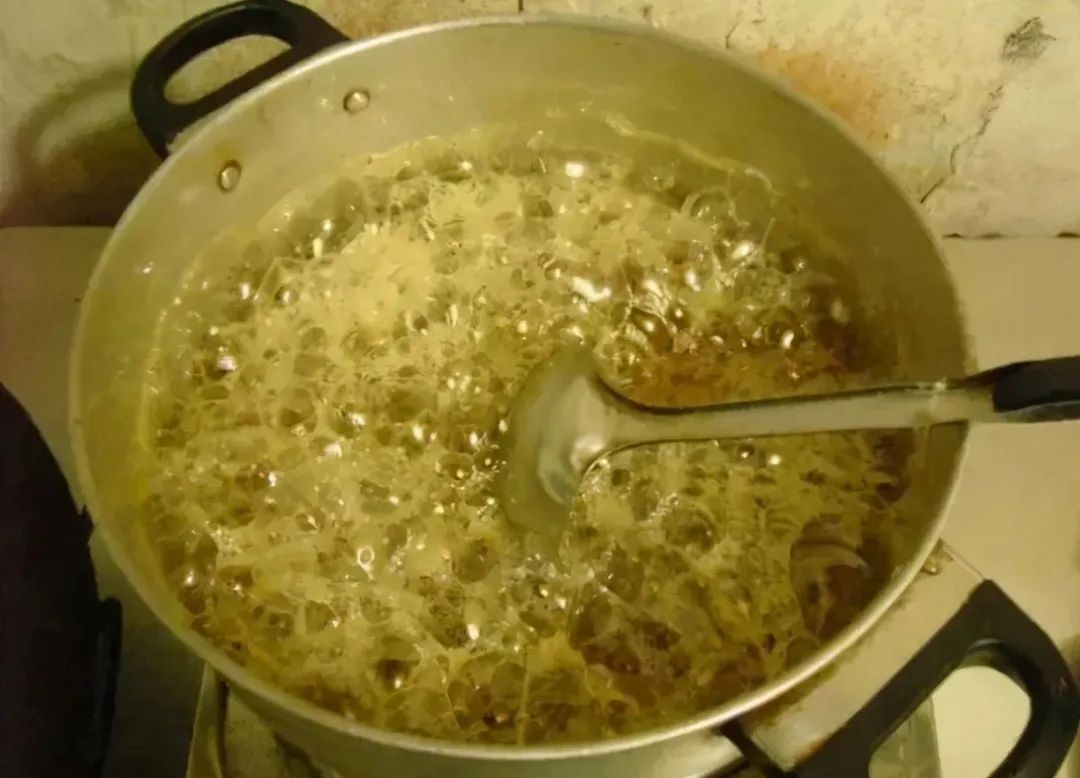
4. Mixing and Kneading: The refined honey is poured into the sterilized basin containing the herbal powder, and stirred with a thick bamboo stick, similar to making dumpling dough, adding honey while mixing until the dry powder is no longer visible (care must be taken not to add too much honey, as excess honey makes it difficult to form pills). If the initial amount of honey was not well controlled, adjustments can be made based on the dryness or wetness of the herbal powder. Once mixed, the honey and herbs are kneaded into a lump.
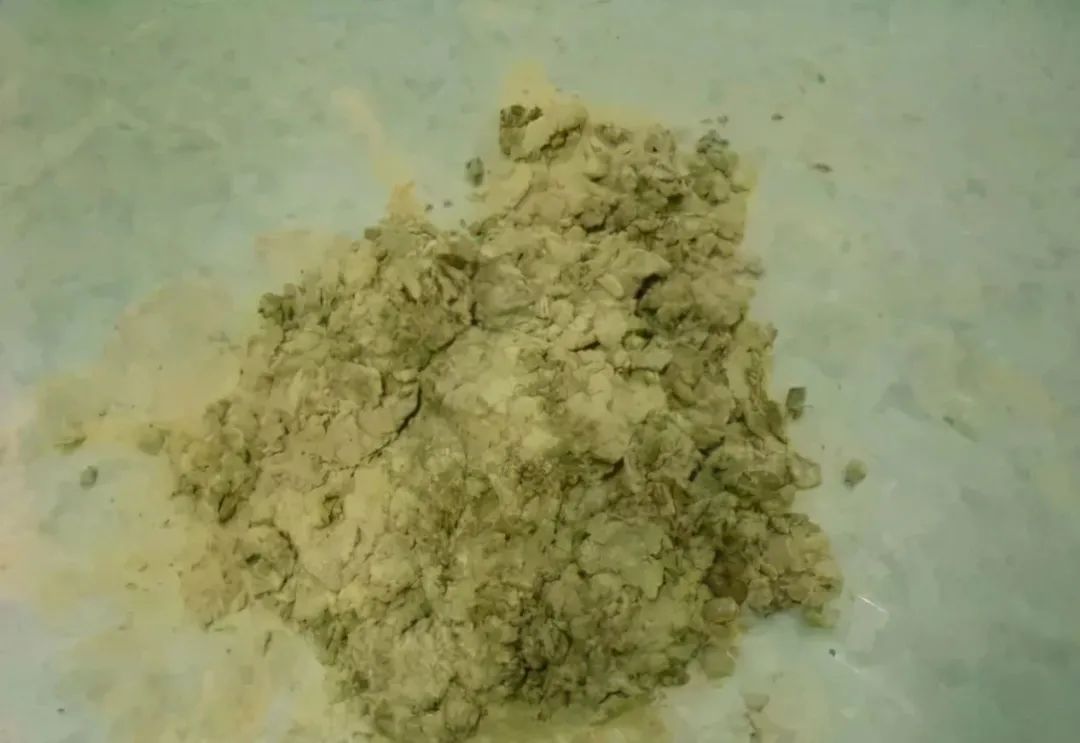
5. Rolling and Shaping: To prevent the herbal lump from sticking to hands or utensils, a small amount of glycerin, sesame oil, or peanut oil can be applied to the palms during rolling and shaping. This not only prevents sticking but also makes the pills smooth and shiny. If each pill weighs 10g, a total weight of 3000g will yield 300 pills. The mixed herbal lump can be divided into three portions, each further divided into five small portions, rolled into strips, and cut into 20 sections, with each section rolled into a pill.
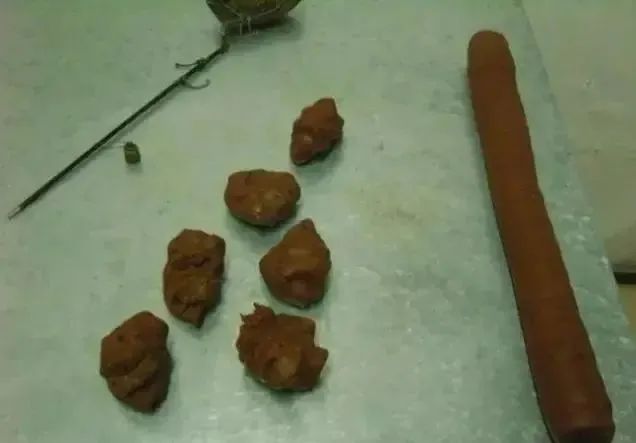
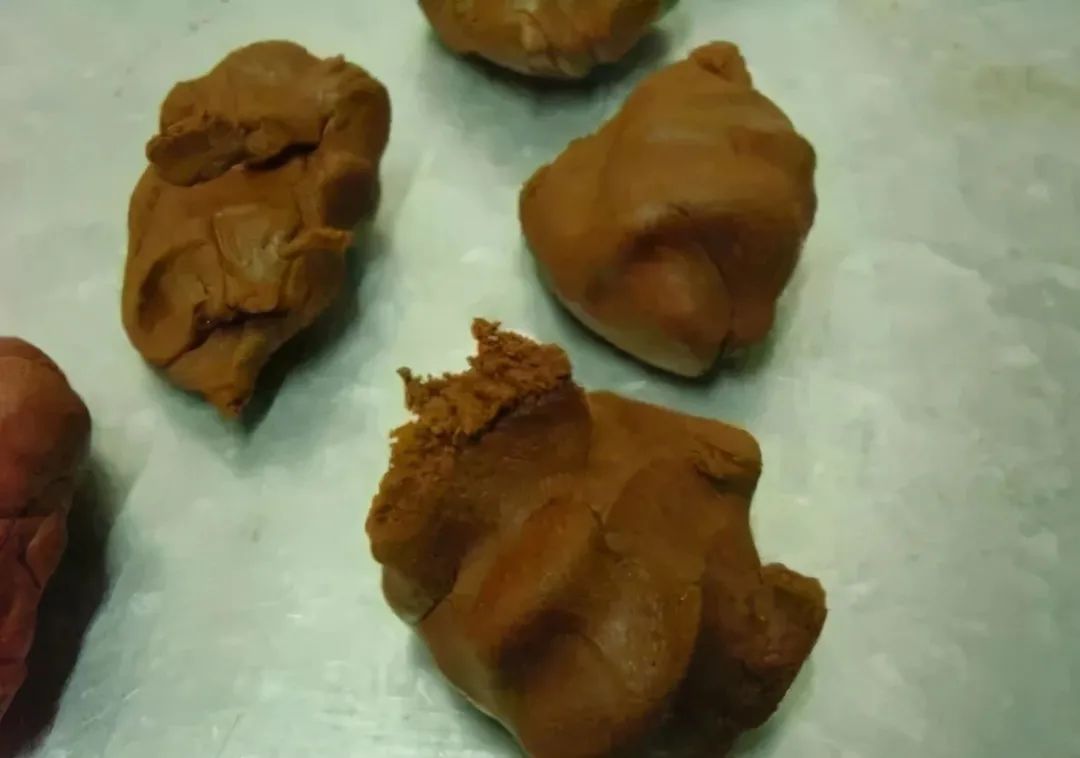
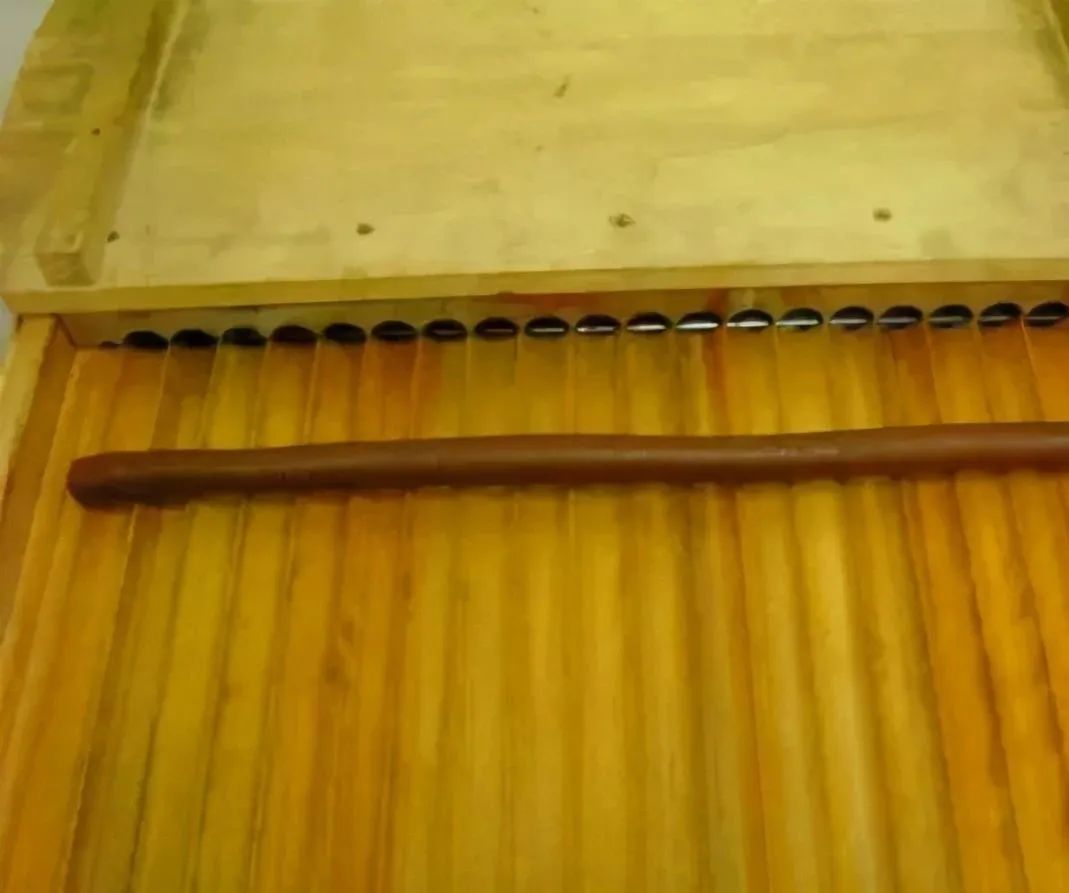

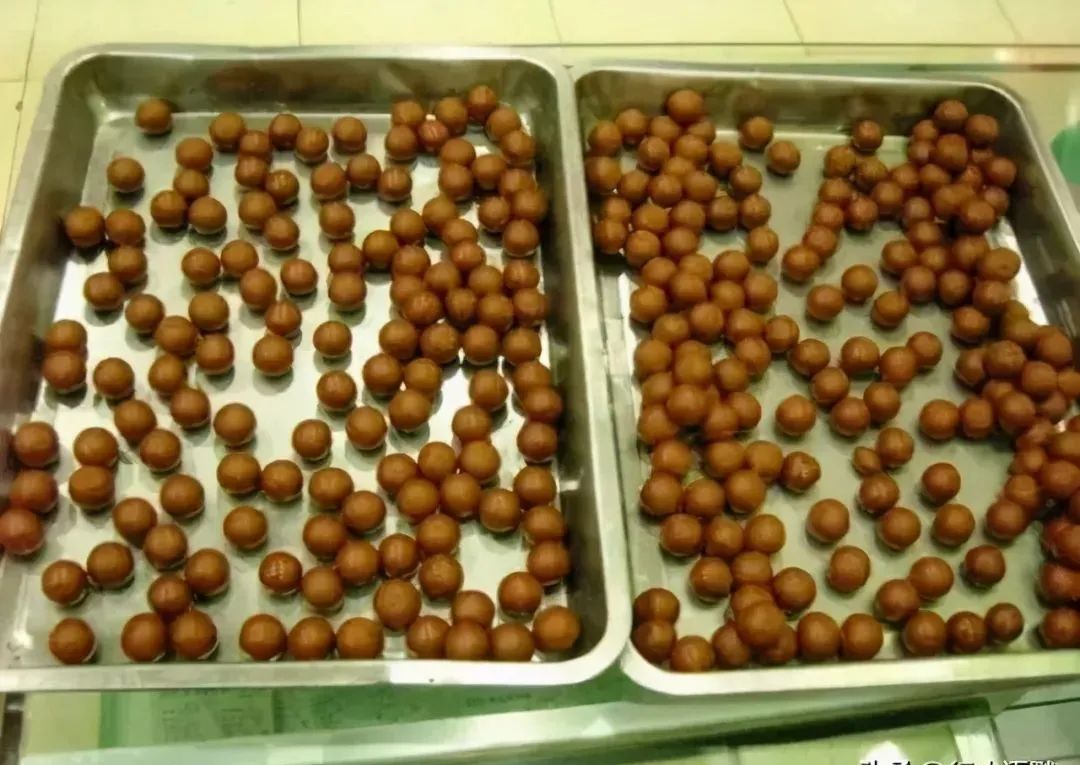
6. Packaging and Storage: The finished honey pills should be round, smooth, and have a dense, moist surface without visible fibers or other discolorations. After allowing the pills to sweat for three days, making the surface harden, they should be wrapped in wax paper, glass paper, plastic bags, or wax shells, and stored in a cool, dry place. Note: The various formulas and prescriptions mentioned in this article are for reference and learning purposes for professional TCM practitioners only and should not be used as prescriptions. Please do not use them blindly; this platform does not bear any responsibility for any consequences arising from such use!
Copyright Notice: We emphasize sharing; the articles, images, and videos come from the internet, and the copyright belongs to the original authors. If there are any objections, please inform the editor, and we will delete them promptly.

